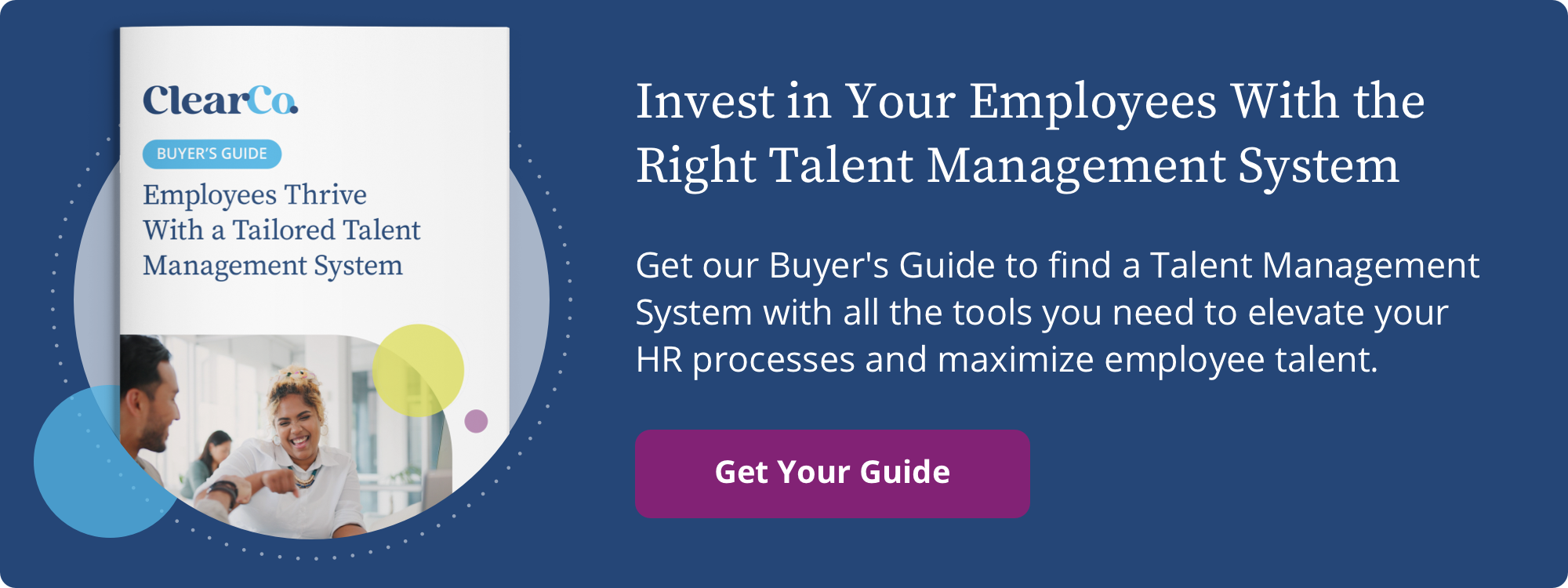Construction companies are in the midst of a labor shortage that isn’t letting up. The industry averaged 445,000 job openings per month in the last three months of 2023 —a record number. More than half of contractors say they plan to increase their headcount, but it’s clear the demand for skilled workers is far outpacing supply. Now is a crucial time for your human resources team to optimize your workforce and plan for future staffing needs.
Solid strategies for construction workforce planning and management can help you navigate the labor shortage and operate as efficiently as possible. These strategies even play a role in keeping projects on schedule, avoiding cost overruns, and maintaining quality standards.
Keep reading to learn why construction workforce management and planning are important, especially with what we know about the labor shortage. We’ll look at how the strategies differ, their benefits to the business, and trends to consider.
Future-Proofed Staffing: Workforce Planning in Construction
Workforce planning is when HR teams take stock of their workforce and plan for their companies’ future staffing needs. By analyzing your current workforce and upcoming construction projects, you can make predictions about how many employees to hire and when. You can also make sure every job site is staffed with the right mix of skills and expertise.
Construction workforce planning consists of four key components:
- Skill Inventory: Assessing employees’ skills, qualifications, and experience to pinpoint strengths, weaknesses, and areas for development
- Demand Forecasting: Using historical data, market trends, and project details to forecast future staffing needs, including the number of skilled employees and types of skills that will be needed
- Gap Analysis: Analyzing current workforce capabilities versus projected needs to spot skill gaps and develop targeted recruiting, reskilling, or upskilling initiatives
- Talent Strategy Development: Developing a plan to address the findings of the gap analysis and optimize your workforce, which might include targeted recruiting, training programs, new retention strategies, and succession planning
Effective workforce planning helps firms navigate, adapt, and overcome HR challenges in construction. Whether navigating tight deadlines, overcoming skill gaps, or managing labor costs, ensure you have the right place to tackle any construction challenge with workforce planning.
What Is Workforce Management in Construction?
Construction workforce management is about maximizing your employees’ talent. That meansmaking the most of their skills and qualifications by putting them in the right roles, giving them the tools and support they need to do their best, and nurturing their development. Workforce management tasks include recruiting, hiring, training, scheduling, performance evaluations, engagement, and retention.
When done well, a construction workforce management strategy ensures you have top talent with the right skills working in the right place at the right time. That enables your company to maximize productivity, keep costs down, and improve project outcomes.
Hiring in the Construction Labor Shortage
The construction industry needs two million additional workers to meet demand by 2026. Learn what’s causing talent scarcity and get strategies for attracting and retaining your employees. Read the post here.
Effective construction workforce management revolves around several elements of talent management:
- Strategic workforce planning
- Talent acquisition
- Training and development
- Performance management
- Scheduling and deployment
- Employee engagement and retention
One of the biggest benefits of a workforce management strategy is that it helps you navigate the challenges the industry faces today. Those challenges include:
- Skilled Labor Shortages: With fewer skilled workers entering the industry and so many leaving, whether to retire or change industries, a good workforce management strategy can help you mitigate the effects.
- Seasonal Demand: Plan for workforce and resource allocation when demand for construction fluctuates based on weather conditions and economic cycles.
- Skills Mismatches: Workforce management strategies allow you to evaluate your employees' skills and the ones they need for future projects, enabling you to make smart staffing and hiring decisions or upskill your people.
- Safety: Your strategy helps you ensure job sites and projects have the appropriate number and types of team members to maintain safety and compliance.
- Employee Turnover: With so many open jobs and unemployment at an all-time low of 4.6%, a workforce management plan helps you find new ways to attract and retain your people.
Why You Need Workforce Planning in Construction
Construction companies need to hire and manage skilled workers, employees, and contract workers, as well as deliver high-quality results on a schedule. That makes workforce planning an indispensable part of your strategy. Effective workforce planning enables better project and labor management in construction, leading to more successful project completions.
1. Address Labor Shortages
Workforce planning gives you the ability to be proactive with recruitment, retention, and training strategies to anticipate and mitigate the effects of labor shortages. You can forecast future skill requirements, identify potential shortages, and implement targeted initiatives to ensure your workforce is competent and reliable. Being proactive minimizes the risk of project delays and disruptions and can even improve project quality and client satisfaction.
2. Manage Employees and Contract Workers
In construction, HR has to strike a balance between retaining long-term employees and the flexibility and cost savings of hiring contract workers on some projects. Workforce planning makes that possible. When you can achieve this balance, your company can adapt as project demands change, reduce the effects of turnover, and maintain a versatile workforce that can meet the demands of a variety of projects.
3. Effective Project Management
Workforce planning directly impacts project outcomes, including timelines, budgets, and quality standards. When you align your workforce with project demands, you can use resources more efficiently and minimize project delays. It also gives your company more control over labor costs, helping reduce overtime expenses and keep budgets on track.
Construction workforce planning is such a powerful strategy that it can improve the quality of your projects and increase safety. Adequate training and intelligent labor allocation means your workforce is better prepared to produce high-quality work while complying with safety regulations.
Navigating Construction Workforce Management in 2024 and Beyond
The way we work has changed across industries and jobs, and construction is no exception. It’s important to be aware of trends in 2024 and beyond to consider when you’re developing your construction management and workforce planning strategies.
Construction HR Technology
HR is not only becoming a more strategic department at most companies —it’s becoming totally digitized thanks to rapid tech advancements. Now is the time to eliminate outdated, ineffective processes and adopt modern, powerful construction workforce management tools.
Leveraging HR technology for your industry, from advanced project management software to innovative construction robotics, you can increase productivity, simplify workflows, and improve safety. Digital tools for scheduling, training, and performance monitoring are helping companies get the most from their resources and reduce inefficiencies to stay ahead of the competition.
Remote Work and Virtual Collaboration
The construction industry isn’t excluded from the shift to remote work, and combined with the dispersed nature of construction projects, there’s an increased need for virtual collaboration. If you’re not using remote project management and collaboration tools, you’re missing out on their many benefits. These technologies enable you to communicate and coordinate projects seamlessly, no matter where your job sites and employees are located.
Attracting and Retaining Talent
There’s a lot of competition for skilled construction employees, so it’s more important than ever to set yourself apart to stand out as a top employer. You can do this by offering competitive compensation and benefits, advancement opportunities, and a supportive work environment. Other ways to attract and retain your people include investing in employee development, mentorship, and workplace wellness.
Investing in your people is an excellent way to increase employee engagement and satisfaction and can even help reduce turnover and enhance workforce stability.
HR Software for Construction
HR teams will be instrumental in helping construction firms deliver —and thrive —no matter the labor market conditions. Power better workforce planning and management strategies with software designed for HR teams in construction.
Look for a construction workforce management solution designed to help you maximize your people’s talent and make informed staffing decisions. ClearCompany has everything you need to stay agile and competitive as the construction industry rapidly changes and advances.
Maximize employees’ talent and plan for the future with ClearCompany, construction workforce management software for HR. Sign up for a free demo.





